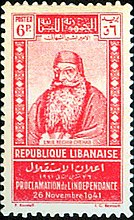
The French post offices in the Ottoman Empire were post offices in various cities of the Ottoman Empire run by France between 1812 and 1923. France was one of a half-dozen European countries, the others being Austria, Russia, Great Britain, Germany and Italy, which had been granted the right to maintain post offices within the Empire. This privilege was distinct from the so-called "Capitulations" which, since the 16th century, had been negotiated with a much larger number of countries and which granted some extraterritorial rights to citizens and commercial enterprises of those countries. Initially restricted to consular mail, these post offices could soon be used by foreign and local businesses and individuals, provided they used the postage stamps of the post office concerned. The system came to end with the Treaty of Lausanne in 1923.
This is a survey of the postage stamps and postal history of the German territory of the Saar. As a border region contested between France and Germany, the Saar has a somewhat complicated philatelic history.
This article provides an overview of the Austrian post-offices presence in Crete and the use of French currency on Austrian stamps in the Ottoman Empire.
Each "article" in this category is in fact a collection of entries about several stamp issuers, presented in alphabetical order. The entries themselves are formulated on the micro model and so provide summary information about all known issuers.
Each "article" in this category is in fact a collection of entries about several stamp issuers, presented in alphabetical order. The entries themselves are formulated on the micro model and so provide summary information about all known issuers.
Each "article" in this category is a collection of entries about several stamp issuers, presented in alphabetical order. The entries themselves are formulated on the micro model and so provide summary information about all known issuers.
Each "article" in this category is a collection of entries about several stamp issuers, presented in alphabetical order. The entries are formulated on the micro model and so provide summary information about all known issuers.
Each "article" in this category is a collection of entries about several stamp issuers, presented in alphabetical order. The entries are formulated on the micro model and so provide summary information about all known issuers.
Each "article" in this category is a collection of entries about several stamp issuers, presented in alphabetical order. The entries are formulated on the micro model and so provide summary information about all known issuers.
Each "article" in this category is a collection of entries about several stamp issuers, presented in alphabetical order. The entries are formulated on the micro model and so provide summary information about all known issuers.
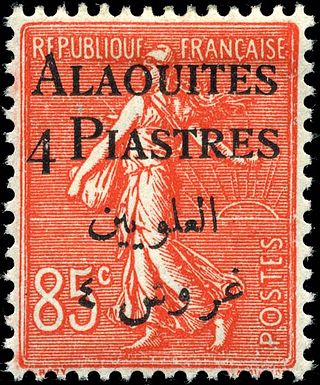
The Alawite State or the Alaouites (Fr.) was located between the Turkish province of Hatay and Lebanon. Geographically within Syria, the Alawite state was administered under a French mandate between 1920 and 1930 and as the Sanjak of Latakia from 1930. From 5 December 1936 it was fully incorporated into Syria.

This is a survey of the postage stamps and postal history of Montenegro.
The postage stamps and postal history of Palestine emerges from its geographic location as a crossroads amidst the empires of the ancient Near East, the Levant and the Middle East. Postal services in the region were first established in the Bronze Age, during the rule of Sargon of Akkad, and successive empires have established and operated a number of different postal systems over the millennia.

The postal history of Turkey and its predecessor state, the Ottoman Empire, dates to the 18th century when foreign countries maintained courier services through their consular offices in the Empire. Although delayed in the development of its own postal service, in 1863 the Ottoman Empire became the second independent country in Asia to issue adhesive postage stamps, and in 1875, it became a founding member of the General Postal Union, soon to become the Universal Postal Union. The Ottoman Empire became the Republic of Turkey in 1923, and in the following years, its postal service became more modernized and efficient and its postage stamps expertly designed and manufactured.
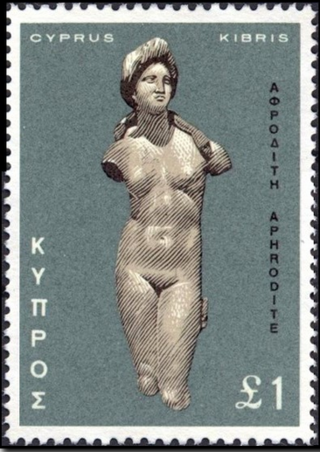
This is a survey of the postage stamps and postal history of Cyprus. The country's postal history is intricately linked to the island's political past.
This is a survey of the postage stamps and postal history of Syria.

This is a survey of the postage stamps and postal history of Jordan, formerly Transjordan.
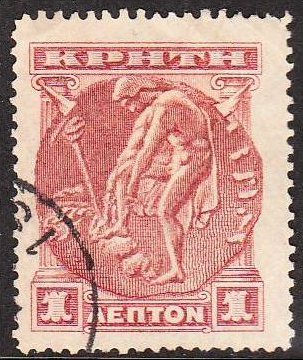
This is a survey of the postage stamps and postal history of Crete.
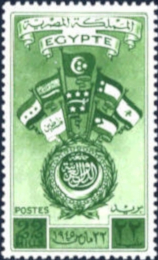
This is a survey of the postage stamps and postal history of Egypt.

The Bank of Syria and Lebanon, from 1919 to 1924 Banque de Syrie, from 1924 to 1939 Banque de Syrie et du Grand-Liban, then Banque de Syrie et du Liban (BSL) from 1939 to 1963, was a French bank that was carved out from the Imperial Ottoman Bank following World War I and granted a central banking role in what would become Syria and Lebanon under French mandate and in the early years of the two countries' independence.







